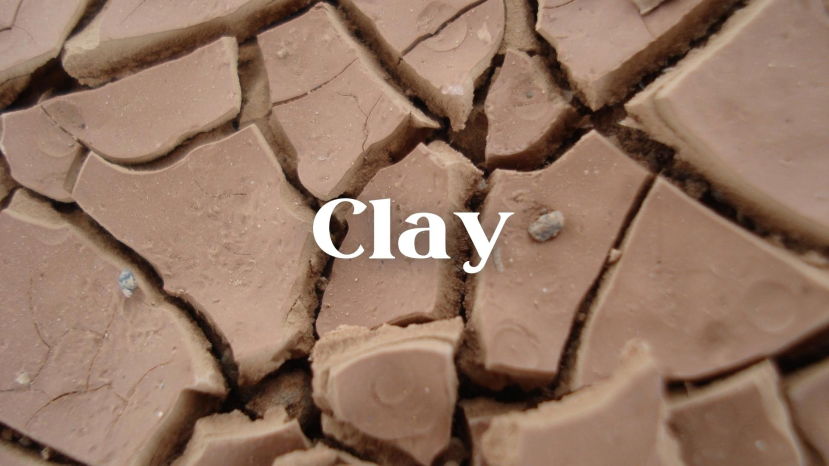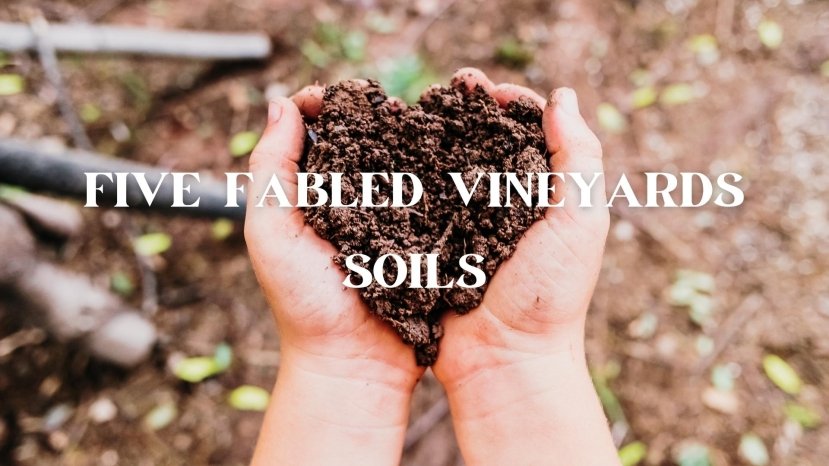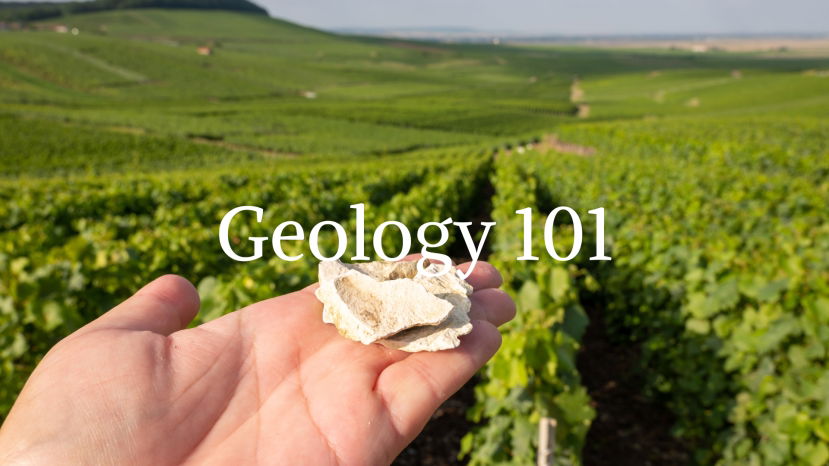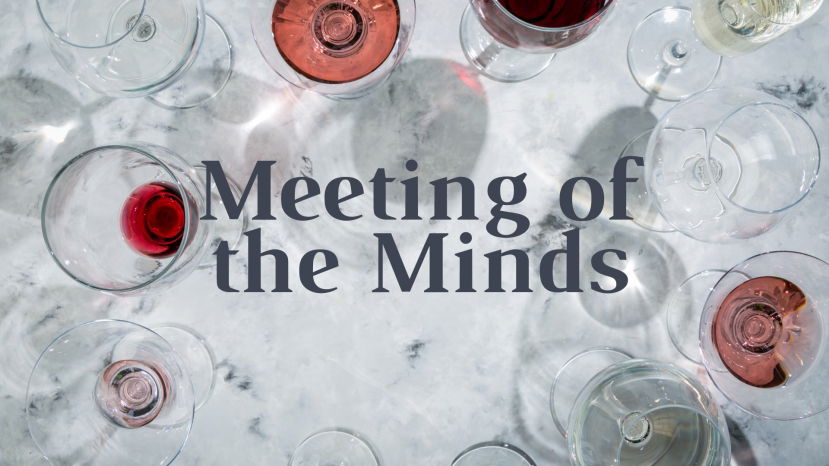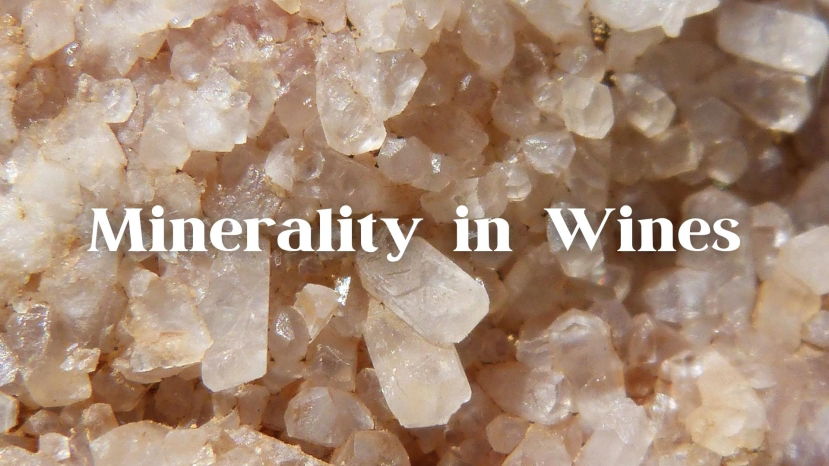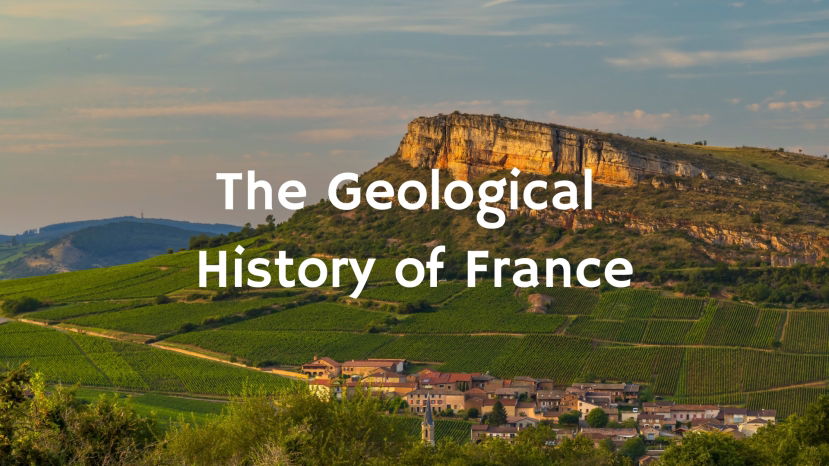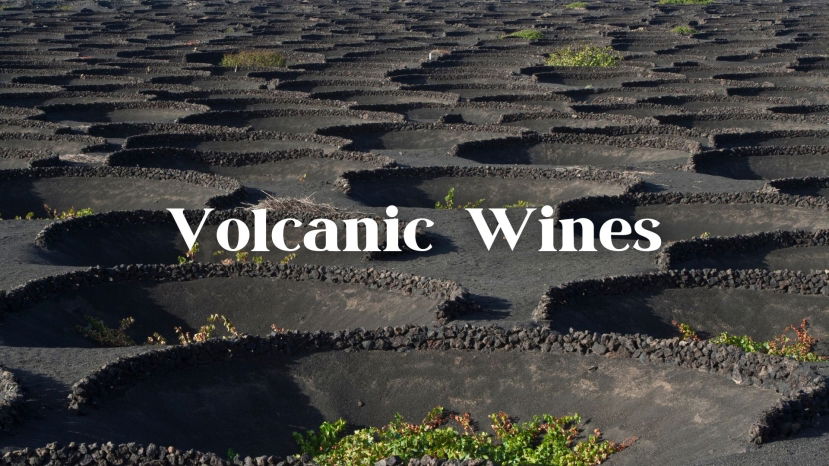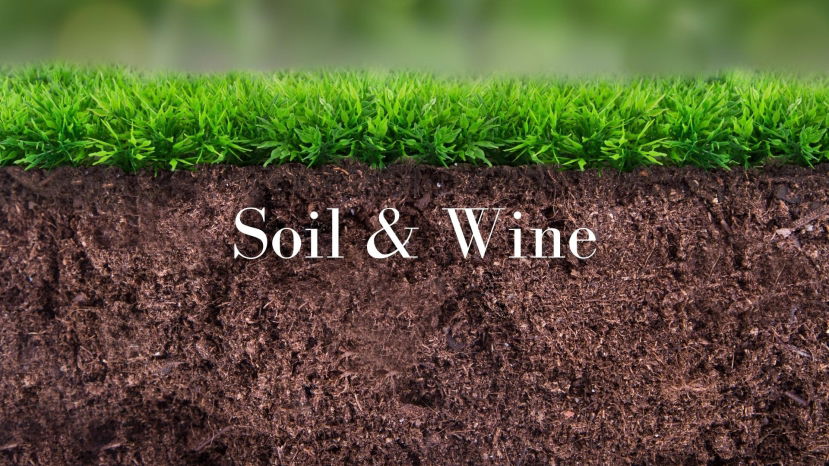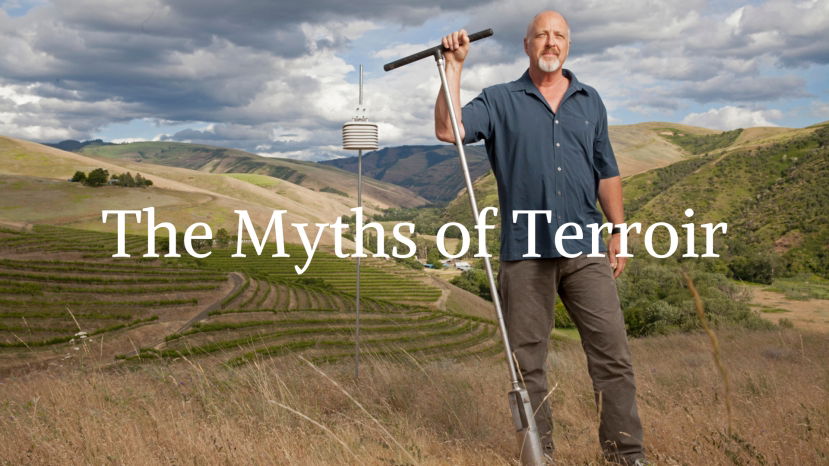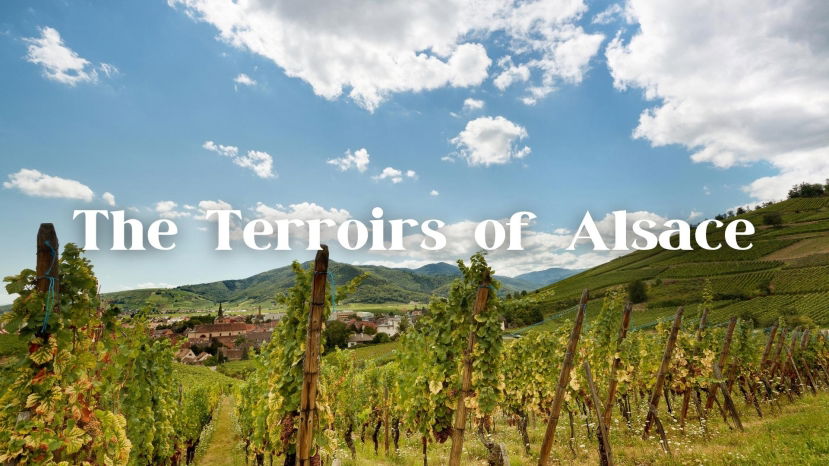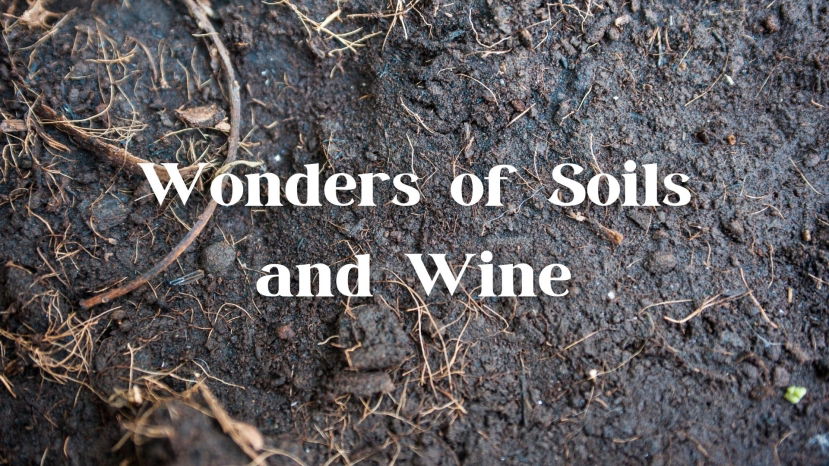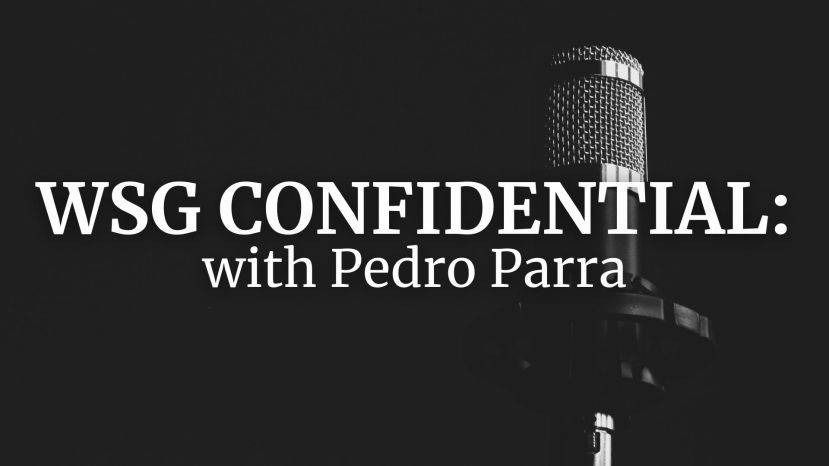BLOG
geology
Summary: Terroir and vintage are two of the key concepts in winemaking, but in Bordeaux they interact and express themselves in interesting and unexpected ways. This webinar will explain how each of these elements influence the style of the regions wines to help you understand which is predominant when it comes to buying and enjoying a Bordeaux wine. Presenter: Dewey Markham, Jr. Dewey Markham, Jr. has a Bachelors degree in English and a Masters degree in
Summary: Clay is very familiar: in garden soils, for modelling toys, baked as bricks and tiles, pots and plates. It’s very widely used commercially: in landfill linings, drilling muds, animal housing, insulation, explosives, medicines, cosmetics, etc. etc. And yet it’s a rather mysterious substance. What is it exactly? What is it made of? Why does it behave in such unique ways?In this WSG Live I will explain the
Summary: In Burgundy, the word "terroir" is frequently used to designate the subsoil which is thought to be responsible for the classification of the appellations from "regionales" to "grand cru. " This same subsoil is also thought to delineate the puzzling mosaic of "climats" which sculpt the hillside vineyards and influence the wines of the Cote de Nuits' characteristics. This WSG Live will explore the nature of this rock and see if it corresponds perfectly to the
Summary: Of all the vineyard soils of the world, a dozen or so have acquired a designation of their own. Examples are New Zealands Gimblett Gravels (with their astonishing rise to fame), the albarizas of Spains sherry district (made of tiny but crucial architectural marvels), Californias enigmatic Rutherford Dust, the cherished Kimmeridgian of Chablis, and the spectacular terra rossa of Australias Coonawarra. The names probably mean little to most people but to wine
Summary: This webinar will dig into the basics of rocks and soil, and their respective roles in defining a site’s terroir. This discussion will give you the terms, tools, and scientific foundation to discuss terroir like a pro. We will explore the different types of rocks, how they form, and in which wine regions across the globe you can expect to find them.
Summary: Can you taste ‘minerality’? What do we mean by ‘terroir’? Where do aroma and flavour come from? Is too much attention paid to the role of the soil in discussions of the aromas and flavours of great wines? How rare are truly great wine-growing sites? These are some of the questions we aim to discuss in the upcoming Meeting of the Minds on November 25th. Wine Scholar Guild
Summary: Minerality is now the single most widely used wine descriptor, yet its meaning remains elusive. Are we talking about a smell, a mouthfeel, a taste, or what? Does it depend on the grape varietal or wine style? It’s all very debatable, and in this webinar I will summarise studies illustrating how opinions vary.There are various suggestions on what may be prompting minerality but many commentators invoke a
Summary: In order to understand better the specificities that led not only to the present-day landscape but also to the soil and subsoil nature and diversity of the French vineyard, a travel in the past times is necessary. In order to understand all the key events that occurred during the hundreds of million years of geological history. Being aware that a lagoon, a tidal-influenced
Summary: An In-Depth Exploration of Diverse Volcanic Terroirs Please join John Szabo MS, author of Volcanic Wines… Salt, Grit and Power, for a special webinar featuring Volcanic Wines from around the world. John will explore the amazing diversity of volcanic terroirs in technicolor detail, and present several key regions and their unique wines. Learn why volcanic wines have caused such
Summary: What is the relationship between soil properties and wine characteristics – cause and effect or cause of confusion? There is a broad divide separating scientists from traditional winegrowers. The vital facts concerning soil structure and chemistry are identified and compared to intuitive claims by vignerons. The seminar explores issues such as permeability and aeration and the critical question of water availability to the vine. Key elements including potassium, nitrogen
Summary: Marc-André explores the factors that really contribute to what we call 'terroir', including the soil, the climate and the microbiology at play. In this enlightening webinar he will bust myths and explain the science that truly contributes to the wine that we taste. About Marc-André Selosse: Marc-André is a French biologist specializing in botany and mycology. He has worked on symbiosis, particularly in the areas of evolution
Summary: Terroir has often been defined as an untranslatable French concept with somewhat mystical attributes. Some wine experts view terroir as an over-hyped myth, while others consider it to be primarily responsible for the unique sensory characteristics and distinctiveness of wines. This webinar will explore how the concept of terroir has evolved
Presenter: Thierry Fritsch Thierry Fritsch, the head oenologist and chief wine educator of the Conseil Interprofessionnel des Vins d’Alsace (CIVA), the regional wine regulatory and promotional body of the Alsace wine region. Born and raised in Alsace, Thierry is an agricultural engineer and oenologist, and has an MBA from the Business School of Lyon. Prior to joining the CIVA in 1997, he worked as Chef de Cave for Pierre Sparr and Josmeyer in Alsace. Study
Summary: In this webinar I will address some of the intriguing questions you submitted. Varied they were, but many had a common thread: what is it about a particular soil that is so important for certain wines? I will look at some general ideas about such claims, and then consider some specific examples, such as slate in the Moselle and Priorat, granite and diorite in Beaujolais.What exactly is the difference
Summary: Our fifth edition of WSG Live features the Chilean terroir consultant Dr. Pedro Parra. Join Andrew Jefford for a passionate discussion about Pedro's work and his ideas surrounding terroir! Since earning his doctorate in 2004 in Terroirs Viticoles from the Ecole d'Agriculture de Grignon (now part of AgroParisTech), Pedro has travelled the world consulting for many of today's


